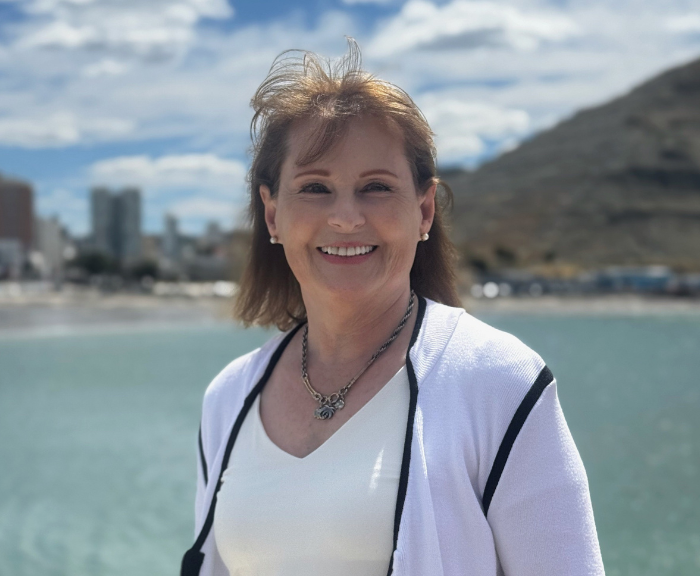Green Corridors have been introduced through the Clydebank declaration, which was launched at COP26 in Glasgow in 2021. The intent behind them is to support the establishment of zero-emission shipping routes between two ports and help decarbonize the maritime sector. Ports play a central role in this idea as main proponents, working together with peers and other maritime and energy stakeholders. The Port of Antwerp-Bruges is a key participant in the European energy transition and in the Green Corridor with the Port of Montréal.
Interview with Jan Cuyt, Strategic account manager maritime business from the Port of Antwerp-Bruges.
What was your motivation to join the Green Corridor initiative with the Port of Montréal (Canada)?
Port of Antwerp-Bruges and Port of Montréal already have an excellent longstanding relationship. Starting a Green Corridor initiative together was a logical next step, as both ports have high ambitions in the energy transition, and specifically in the decarbonization of the maritime sector. Our aim is/was first to tackle the maritime leg. By doing so, we wanted to learn what requirements were needed to make it a success. Also, to make progress on regulation, availability of alternative fuels, and willingness of the partners to participate. Although the Green Corridor did not (yet) materialize, the lessons learned were very useful to share with other ports (specifically through the Working group of WPCAP) and to start working for possible corridors on other destinations. The established contacts during the first phase were very useful in our goal to become a Multifuel Port. As a result, we have been able to complete the first ship-to-ship methanol SimOps bunkering in the Port this spring.
Besides the port authorities, who are the key actors involved in the Green Corridor Antwerp-Montréal?
We have been in close contact with Shipping Lines (Containers) operating between the two ports, as these are finally the critical partners in such a project. In a next phase, it is also very important to get shippers on board, and other stakeholders, including alternative bunker producers and suppliers. But we also became aware that the gap in cost between conventional fuels and the new fuels is wide. So, we have also been in contact with EU instances to convey our input and create more awareness. The Green corridor concept has also been useful to share and learn about during presentations and conferences.
What is the relevance of your involvement in the green corridor for your local context and does your involvement in them bring up opportunities to collaborate with your municipality or citizens?
Green corridors will require green fuels with less emissions. Similarly, the installation of Shore power (OPS) for these vessels, will further reduce the emissions. While in port, vessels use auxiliary engines to produce for example electricity for the daily operations. These engines are a source of GHG emissions and possibly annoying noise levels for the citizens. Consequently, the quality of the air will improve, and the noise level of the vessels will decrease. This will have a positive impact on the municipality and the citizens. As an example, from 2026 onwards cruise vessels calling at our own operated cruise terminal in Zeebrugge, will connect to the grid. But the same is also valid within the electrification process of Port equipment, trucks etc. Here the Port acts as a facilitator, but also actively participates to provide the right infrastructure as chargers…. Port of Antwerp-Bruges also operates its own fleet of patrol boats and tugboats. In order to reduce the emissions of this fleet, the renewal and retrofitting of this fleet towards alternative fuels is ongoing. Examples are the usage of more efficient engines and the worldwide first hydrogen-powered tugboat. This week a retrofitted methanol-powered tugboat became operational and at the end of the year, the first fully electric tugboat will be delivered.
How will your green corridor initiatives link to your ambitions to decarbonize your connections to the hinterland?
The green corridor is part of the larger MultiFuel project we have. This project is closely linked to the wider ambition of the port, to become an energy hub in the transition, also connected to the EU’s ambitions and requirements. This is fundamental for the transition of the large chemical cluster operating in the Port and, further, to the industrial centers in our hinterland (e.g. Germany, North of France, South-Holland,..). The demand will be very high and will require a large volume of new feedstock to be imported from overseas. Throughput to these hinterland centers will be done by inland waterways and rail but also substantially by pipelines. Ensuring we can provide the right tools for green maritime corridors will be an additional plus in the realization of a green supply chain.





